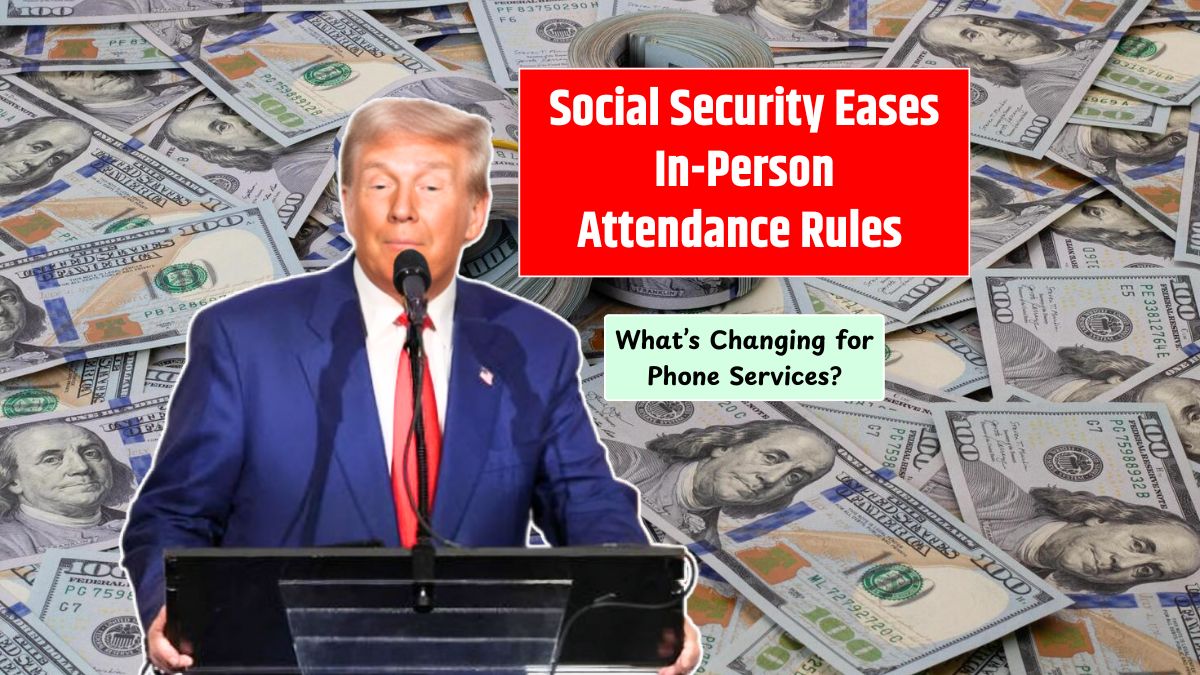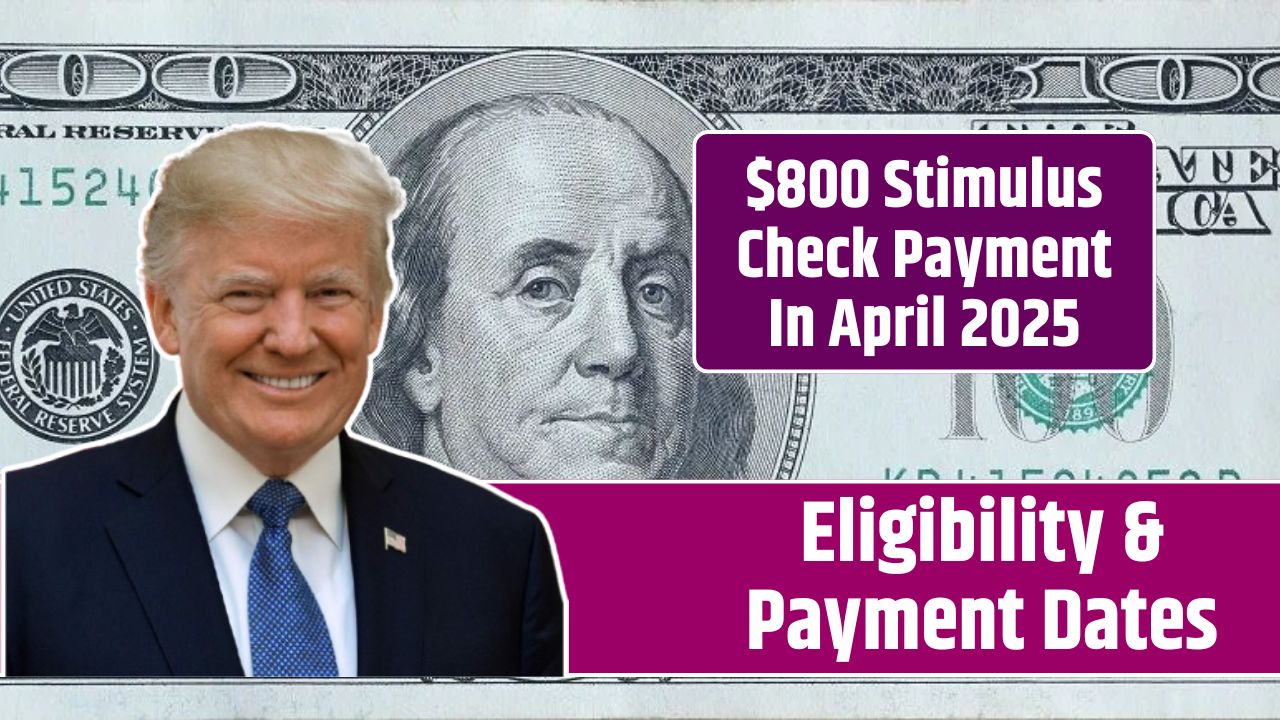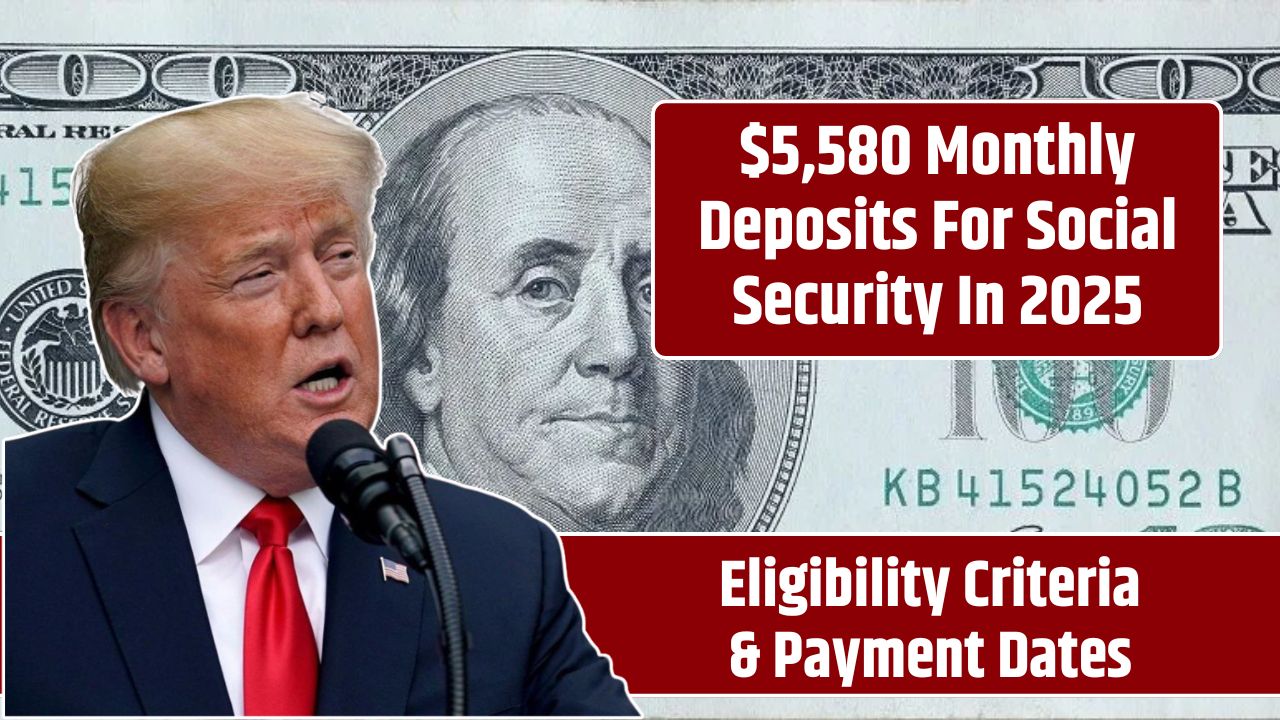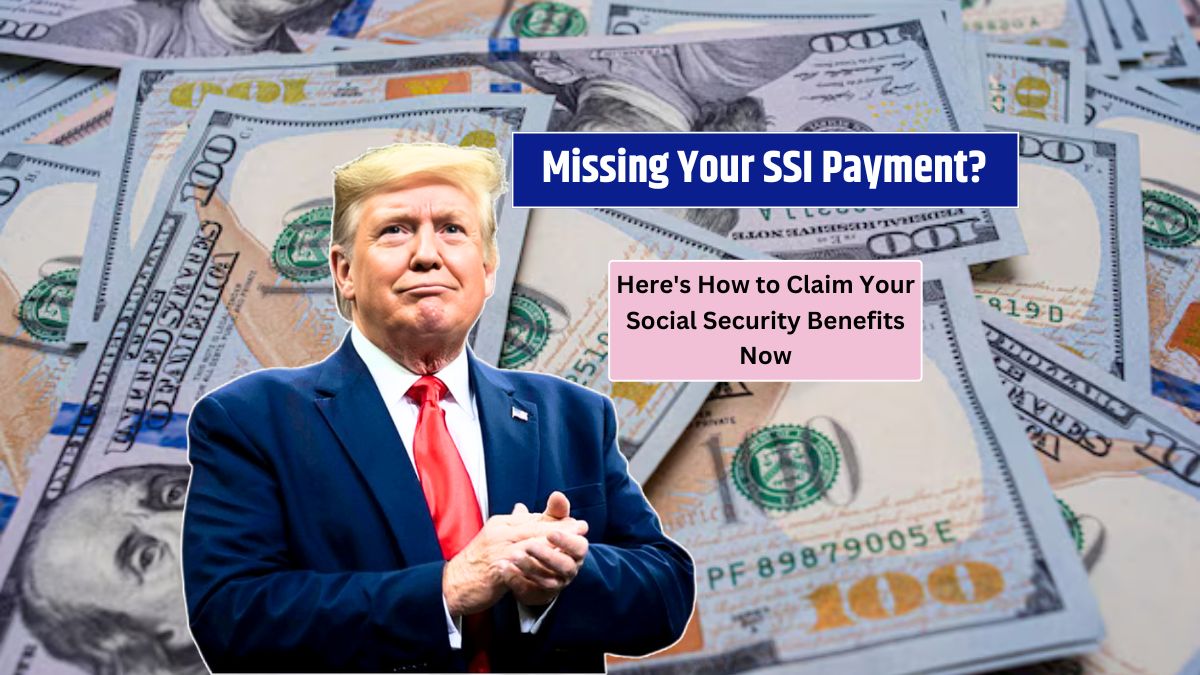In a dramatic policy U-turn just days before it was set to take effect, the Social Security Administration (SSA) has scrapped a controversial rule that would have forced millions of Americans—mainly seniors and people with disabilities—to verify their identities in person. The decision came after widespread criticism and urgent appeals from lawmakers, advocates, and senior organizations.
Here’s what happened, why the rule was reversed, and what it means for Social Security beneficiaries going forward.
Reversal
The original SSA policy, introduced under the Trump administration, aimed to eliminate telephone-based identity verification. Beneficiaries who couldn’t use the agency’s online system would have been required to visit a Social Security office in person to complete their claims.
The backlash was swift. Critics pointed out that the rule would disproportionately harm vulnerable Americans—especially older adults in rural or underserved areas with limited transportation options. Advocacy groups, including the National Committee to Preserve Social Security and Medicare, warned it would create massive obstacles for millions trying to access their earned benefits.
Responding to the pressure, the administration reversed the rule just in time. On Thursday, White House spokesperson Liz Huston confirmed that phone-based identity verification would remain in place.
Technology
Why the sudden change of heart? According to officials, the SSA’s anti-fraud team implemented new technologies that can now detect suspicious behavior during phone-based claims. These upgrades, reportedly deployed in record time, made the in-person requirement unnecessary for most people.
Here’s what changed:
- Advanced fraud detection systems were added to monitor phone-based claims
- Only high-risk or flagged cases will need to complete identity checks in person
- The majority of beneficiaries can still use phone services to verify identity and access benefits
This change is especially important for seniors with mobility issues, or those without internet access or transportation.
Impact
A report from the Center on Budget and Policy Priorities estimated that over 6 million seniors would have had to travel at least 45 miles round-trip just to verify their identity under the original rule. For many, this would’ve been more than a hassle—it would’ve been a roadblock.
Here’s a breakdown of potential burdens that were avoided:
| Group Affected | Issue Prevented |
|---|---|
| Rural Seniors | Long travel distances to SSA offices |
| Disabled Individuals | Physical barriers and accessibility |
| Low-Income Households | Cost of travel and time off work |
| Elderly Without Internet | No access to online verification |
Thanks to public pressure, these barriers have now been lifted.
Response
The response from advocates has been loud and clear: This is a win for the people. Max Richtman, President and CEO of the National Committee to Preserve Social Security and Medicare, put it bluntly: “The Trump administration did not change the policy out of the goodness of their hearts. They responded to public pressure.”
He emphasized that advocacy efforts—from local organizers to national lobbying—played a huge role in forcing the administration to reverse course.
What’s Next
While this specific policy has been overturned, it’s clear that ongoing vigilance is needed. Technology helped avoid a bad outcome this time, but many still worry about future barriers to accessing Social Security services. Beneficiaries and their advocates are encouraged to stay informed and vocal.
If you’re currently dealing with Social Security and worried about your verification status, rest easy—you can still verify your identity by phone, unless you’re flagged for suspicious activity.
FAQs
What SSA rule was reversed?
The in-person ID verification requirement was dropped.
Why did SSA reverse the rule?
Due to public pressure and new fraud detection technology.
Who would’ve been affected by the rule?
Mainly seniors, disabled individuals, and rural residents.
Can I still verify ID by phone?
Yes, unless your claim is flagged for review.
What role did advocacy play?
Public pressure and advocacy forced the policy reversal.

















